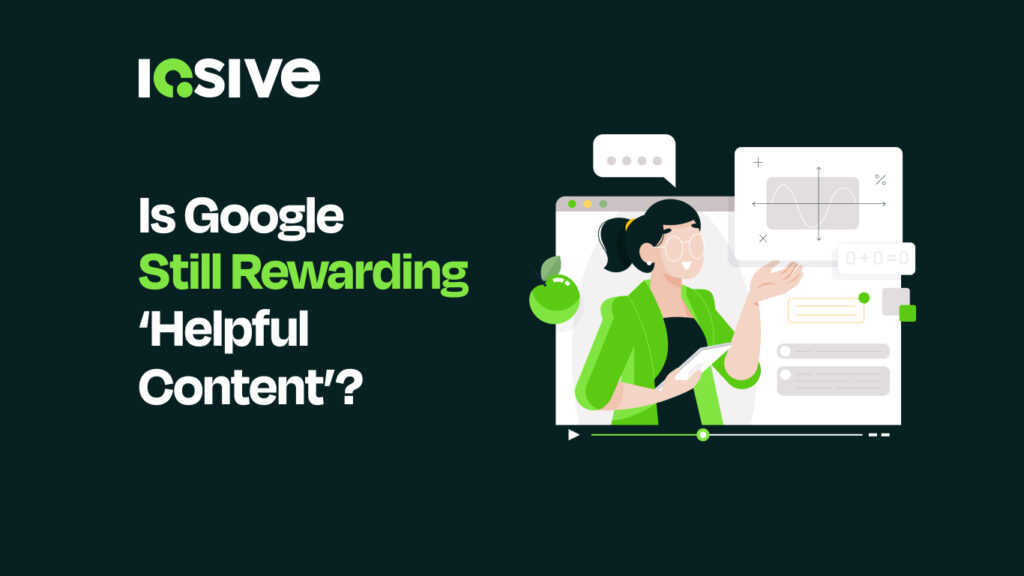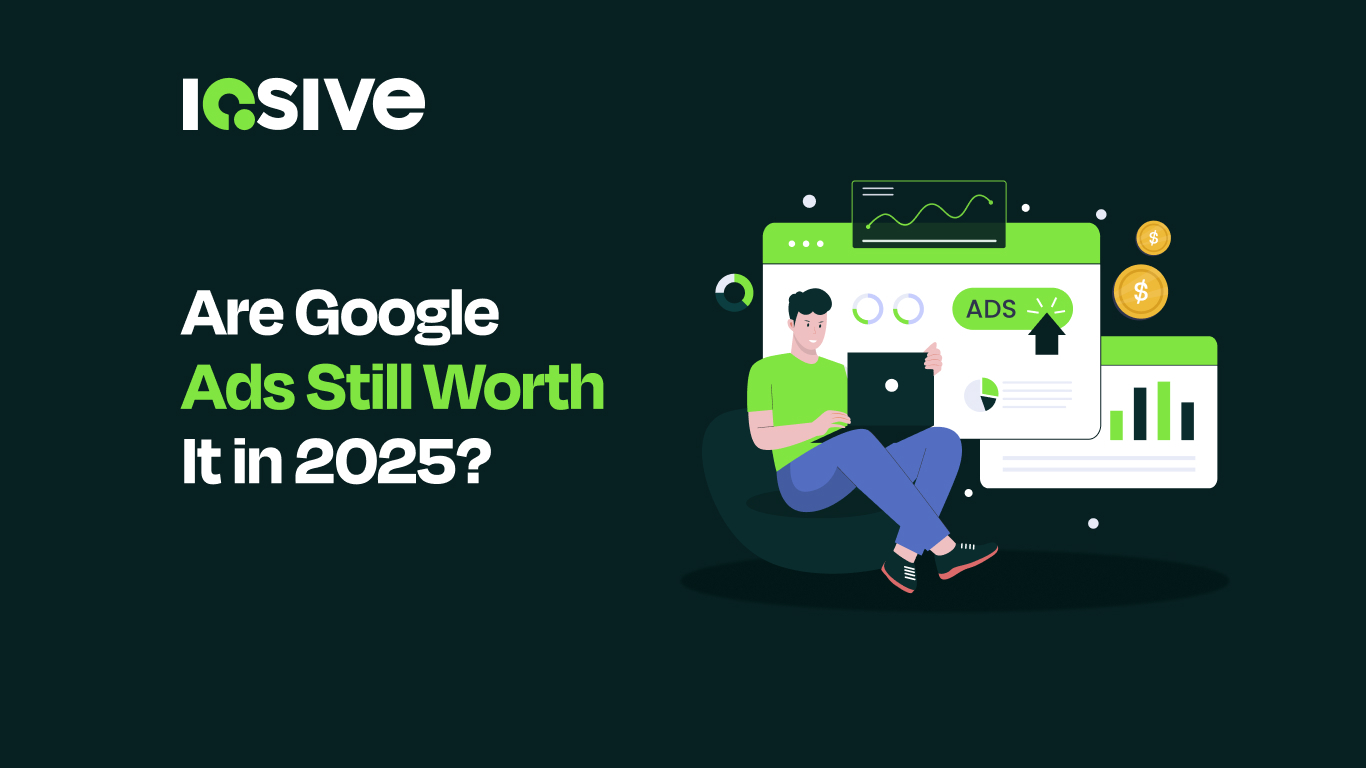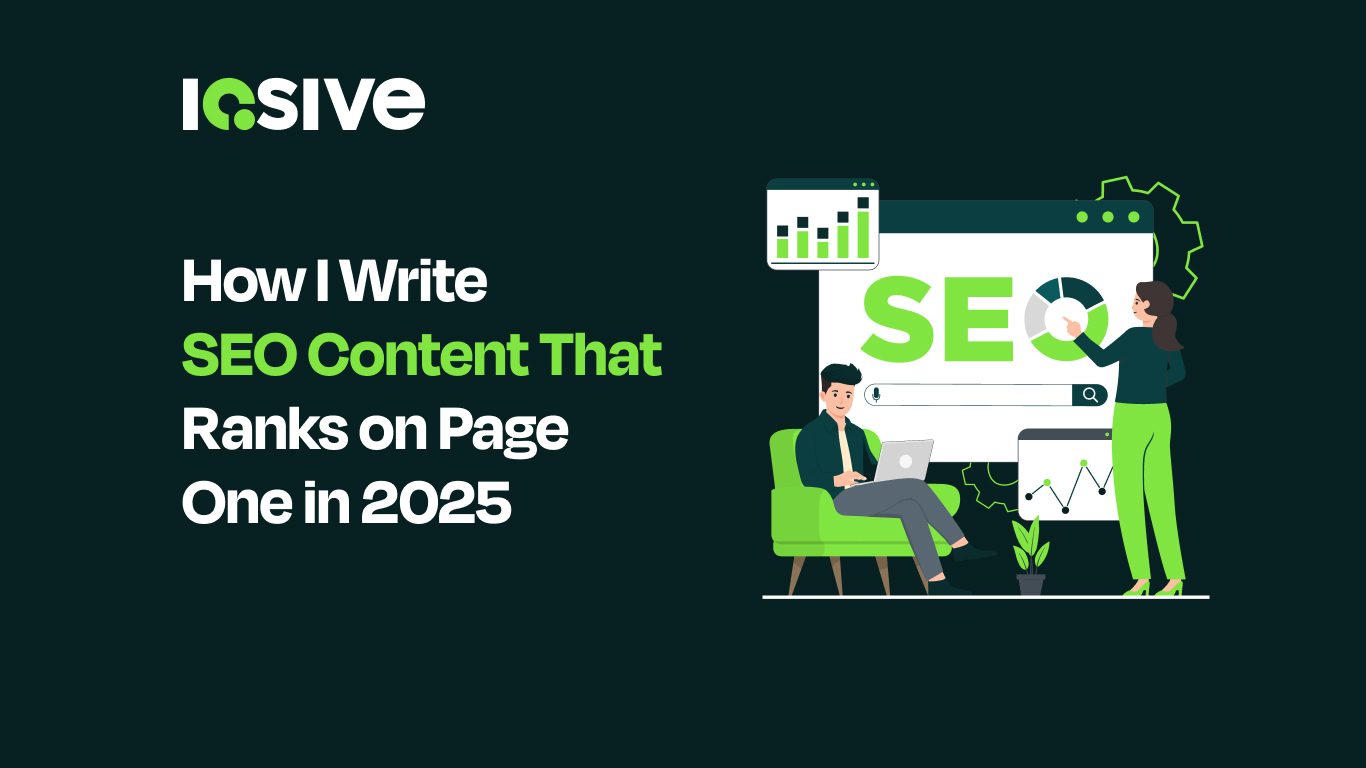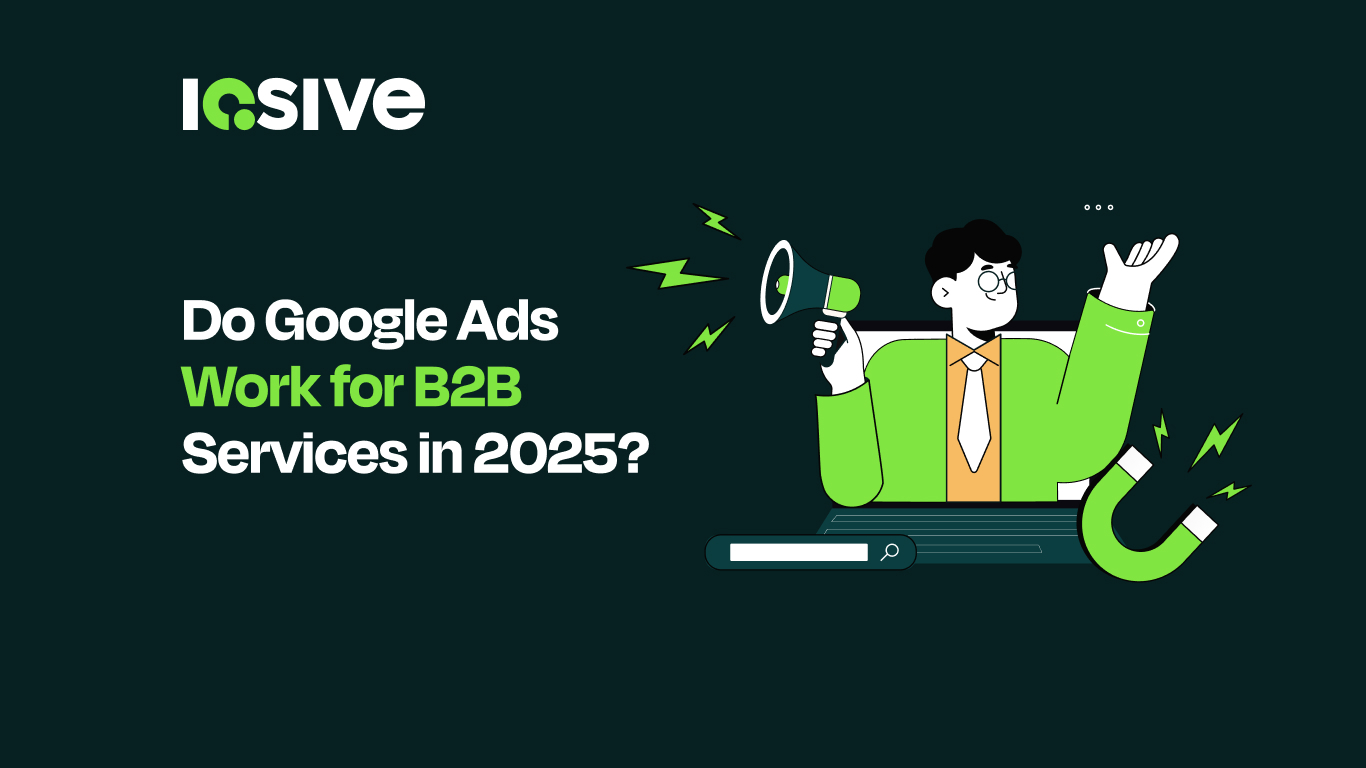As the SEO landscape evolves rapidly, many marketers and content creators are asking a critical question: Is Google still rewarding helpful content in 2025? The short answer is yes, but the definition of “helpful” has matured. What began as a direct response to content created solely for search engines has now grown into a system deeply rooted in experience, quality, and purpose. This article explores how Google evaluates helpful content today, what’s changed since the original update, and how to align your strategy with Google’s priorities, backed by data, real-world examples, and actionable insight.
Understanding Google’s Helpful Content System
What the Helpful Content Update Was Designed to Do
Introduced in August 2022, Google’s Helpful Content Update aimed to prioritize content that truly satisfies human search intent over content created primarily to game SEO. The system worked site-wide, targeting websites where a significant portion of content offered little value to users. It was Google’s direct answer to a rising problem: content that ranked well but left users frustrated. The goal was to elevate content written by people, for people, especially content demonstrating expertise, originality, and depth.
Key Changes Since the Initial Rollout in 2022
Since its launch, the helpful content system has undergone several refinements. Notably, in 2023 and 2024, Google incorporated additional signals from its AI-powered systems, integrating Helpful Content into its broader core ranking framework. This change means that helpfulness is no longer a standalone filter; it is now an embedded ranking signal that influences all content evaluations. Moreover, the system now better distinguishes between generalist, regurgitated content and content that offers genuine insight, personal experience, or professional expertise.
How the 2025 Algorithm Prioritizes Content
Signals Google Uses to Assess Helpfulness
As of 2025, Google evaluates helpfulness using a mix of behavioral signals, semantic relevance, and quality indicators. These include:
- Time on page and engagement metrics
- User feedback, such as whether users return to search after visiting your page
- Content originality and topical depth
- Author experience and transparency
- Use of structured data and page performance
Content that provides clear answers, satisfies the query intent fully, and demonstrates real-world value is most likely to be rewarded.
The Role of AI-Generated vs Human-Created Content
Google does not penalize AI-generated content simply for being machine-written. However, it does demote content that lacks originality, insight, or human oversight. In 2025, successful AI-assisted content typically meets three conditions:
- It is edited or reviewed by a subject-matter expert
- It includes unique perspectives, data, or case studies
- It avoids overused templates and vague generalizations
Transparency around AI use can also enhance trust. Disclosing when and how AI was used builds credibility.
Impact of EEAT in Evaluating Content Value
EEAT (Experience, Expertise, Authoritativeness, and Trustworthiness) remains a cornerstone of content evaluation. Google increasingly favors content authored or reviewed by individuals with demonstrable experience in the topic area. For example, a personal finance article written by a certified financial planner will likely outrank one by an anonymous content writer. Adding author bios, citing sources, and using firsthand examples are all critical in building EEAT.
Real-World Data: What’s Ranking in 2025
Case Studies from Top-Performing Sites
A review of high-performing websites across niches, such as Mayo Clinic in health, NerdWallet in finance, and HubSpot in marketing, reveals a shared focus: deep, actionable, and trustworthy content. These sites consistently rank because they provide comprehensive, expert-backed content tailored to specific user queries.
Common Traits Among High-Ranking Pages
Top-ranking content in 2025 shares several consistent traits:
- Clear structure and logical flow
- Use of original images, charts, or case studies
- Transparent author information
- Addressing related questions within the same page
- Internal linking to other relevant topics (supporting topical authority)
Examples of Content That Lost Visibility
Websites that relied on AI-generated fluff, listicles with no substance, or content repurposed from other sites have seen dramatic declines in rankings. Pages with high bounce rates, low time on site, or lacking any unique insight were commonly hit in the most recent algorithm updates.
Are SEO Best Practices Still Relevant?
Balancing Optimization and Authenticity
Yes, technical SEO still matters. Fast-loading pages, mobile optimization, and clean architecture are non-negotiables. But optimization cannot come at the expense of authenticity. Over-optimized content that doesn’t satisfy human readers will struggle. In 2025, SEO is about enhancing helpful content, not replacing it.
The Decline of Keyword Stuffing and Thin Content
Keyword stuffing, once a common tactic, now triggers content demotion. Thin content, such as pages with superficial information or low word counts that add no real value, is routinely deindexed or outranked. Google’s systems are increasingly nuanced, focusing more on semantic depth and intent matching than keyword density.
How to Align with Google’s Definition of “Helpful”
Creating Content with Purpose and Depth
Begin with the user’s problem, not a keyword. Use question-based frameworks (like “How,” “Why,” or “What”) to ensure clarity. Aim to offer something new, whether it’s a unique perspective, a detailed tutorial, or a personal case study.
Meeting Search Intent at Every Stage
Map content to the user’s journey:
- Informational: Clear, concise answers with depth
- Transactional: Product comparisons, features, benefits
- Navigational: Brand reputation, trust indicators
Ensure you understand what the reader is truly looking for, and deliver exactly that.
Avoiding Common Pitfalls That Signal Low-Value Content
Some red flags that Google interprets as unhelpful:
- Vague, recycled content
- Overreliance on AI without human oversight
- Clickbait titles that underdeliver
- Lack of author bios or references
- Ignoring related questions users may have
Adapting Your Strategy for 2025 and Beyond
Building Topical Authority Through Clusters
Creating topic clusters, or interconnected pages that dive deep into subtopics, signals authority. For instance, a health blog might group articles on “gut health” into one cluster. This shows Google you’re not just ranking for keywords; you’re building expertise in a domain.
Leveraging First-Hand Experience and Insight
Original research, interviews, case studies, or even lessons learned from failures give your content weight. When you write from experience, you fulfill Google’s demand for real human input. This kind of content is also far harder to replicate.
Monitoring Performance and Adjusting Accordingly
Use tools like Google Search Console, GA4, and third-party platforms to monitor how users interact with your content. Low engagement? Re-optimize. Outdated facts? Update. Helpful content is never static. It evolves with time, data, and user behavior.
Final Thoughts: Is the Helpful Content System Working?
Yes, but it requires effort, intention, and quality. In 2025, helpful content is no longer a trend or a best practice. It’s the standard. Google’s systems have matured, and the bar for what qualifies as “helpful” is higher than ever. For creators and businesses who focus on depth, transparency, and user-first thinking, the system is not only fair it is empowering.
FAQs:
Q1: What does Google consider “helpful content” in 2025?
Helpful content provides original value, is written for people (not search engines), satisfies the user’s query completely, and reflects genuine expertise.
Q2: Has the helpful content update been replaced or expanded?
Yes, As of 2024, helpful content signals were integrated into Google’s core ranking algorithm, making them an ongoing, embedded part of evaluation.
Q3: Why did my traffic drop after the 2025 Google update?
Likely reasons include thin content, lack of EEAT, high bounce rates, or over-reliance on generic AI writing without unique value or expert oversight.
Q4: Can AI-written content still rank under the helpful content system?
Yes, if it’s reviewed, edited, and enriched by experts, and offers unique insights. Purely templated or regurgitated AI content will struggle to rank.
Q5: How can I tell if my content is aligned with Google’s guidelines?
Check if your content meets user intent, shows depth, has an identifiable author, and delivers more value than competing pages.
Q6: Does EEAT still matter in Google rankings in 2025?
Absolutely. EEAT remains foundational, especially for YMYL (Your Money or Your Life) topics where trust, expertise, and accountability are critical.
Q7: How often should I update my content to stay “helpful”?
Review high-impact pages quarterly. Update as needed when information changes, search intent evolves, or performance declines.
Q8: What are common mistakes that trigger Google’s helpful content demotion?
Publishing generic content, ignoring user needs, faking authority, and prioritizing SEO tricks over genuine value are the most common missteps.












